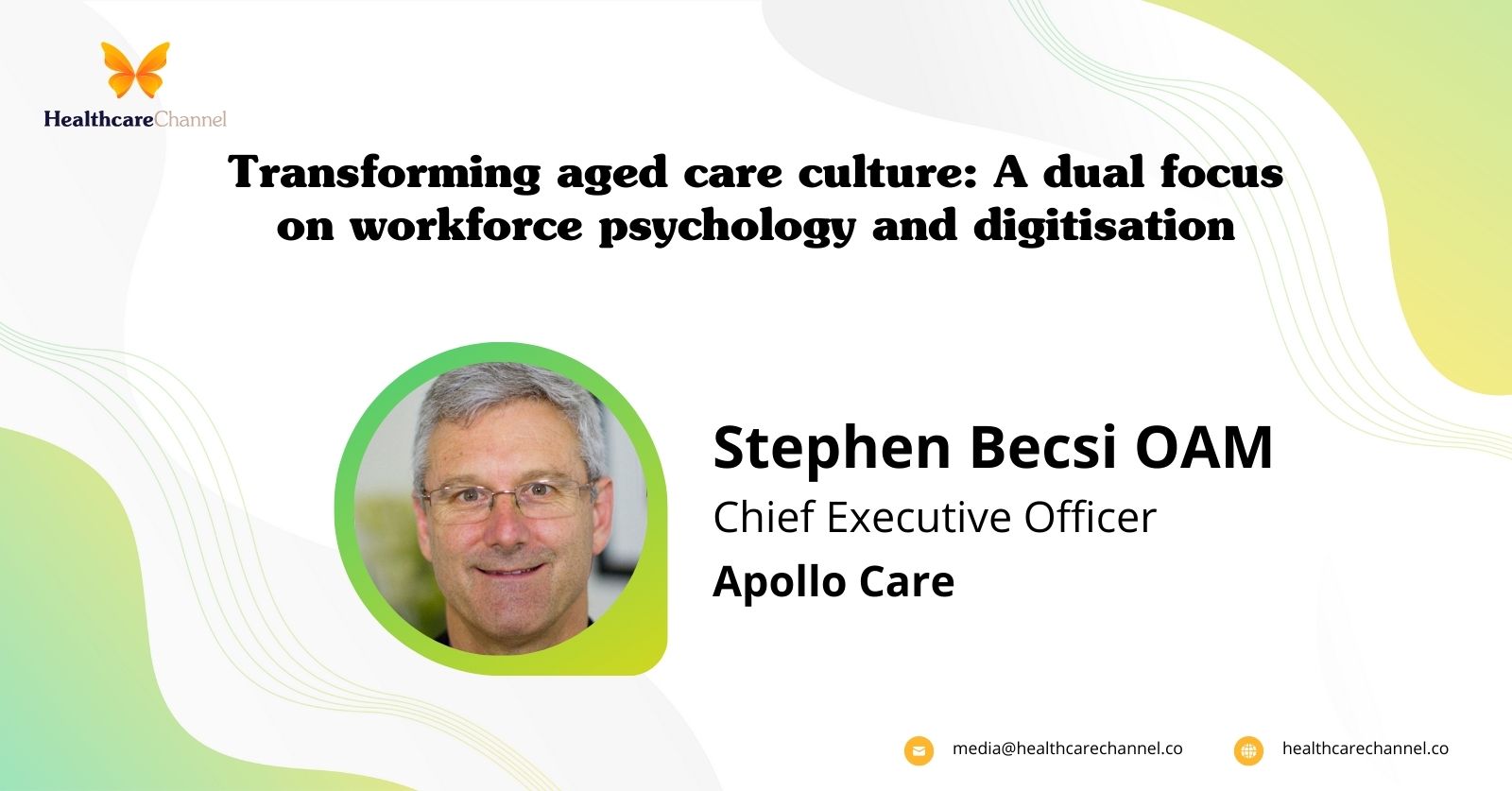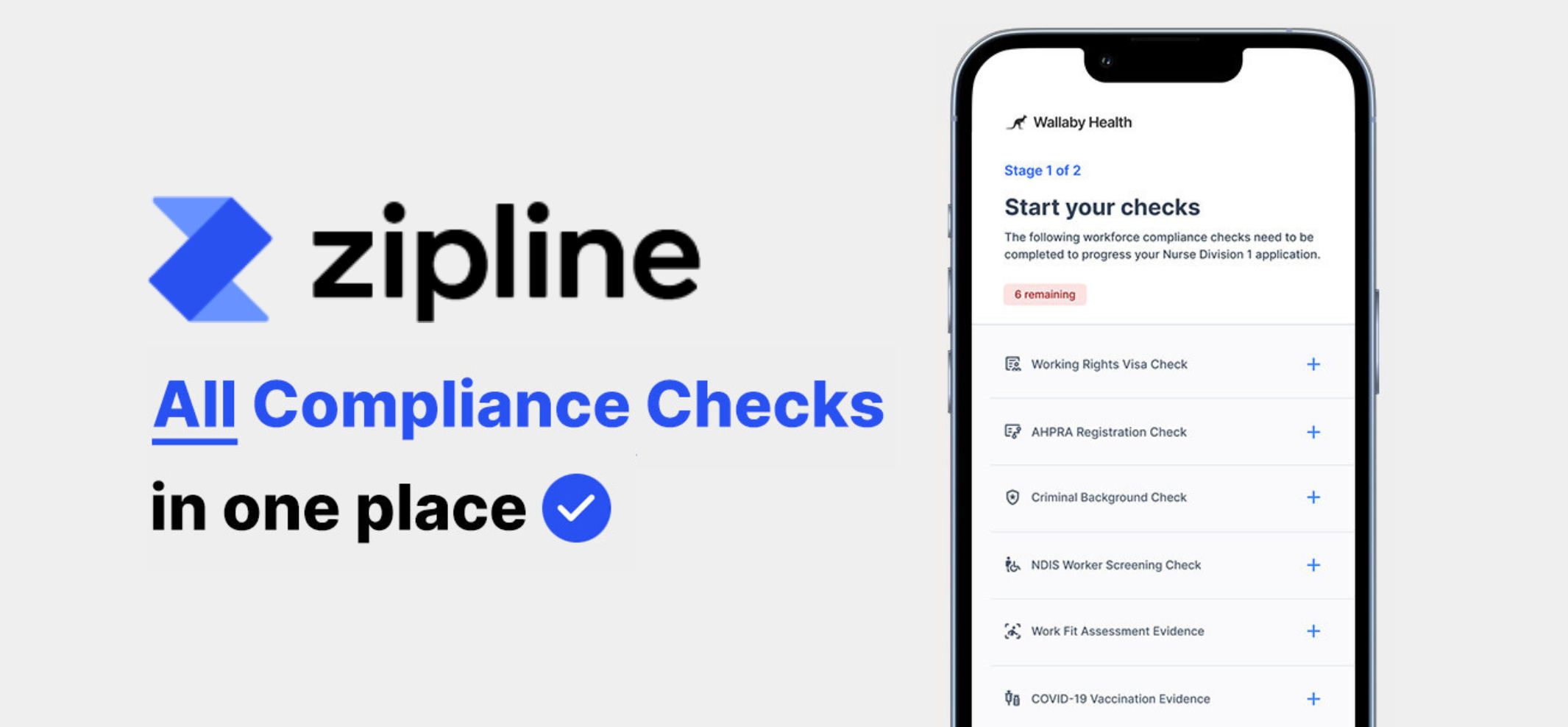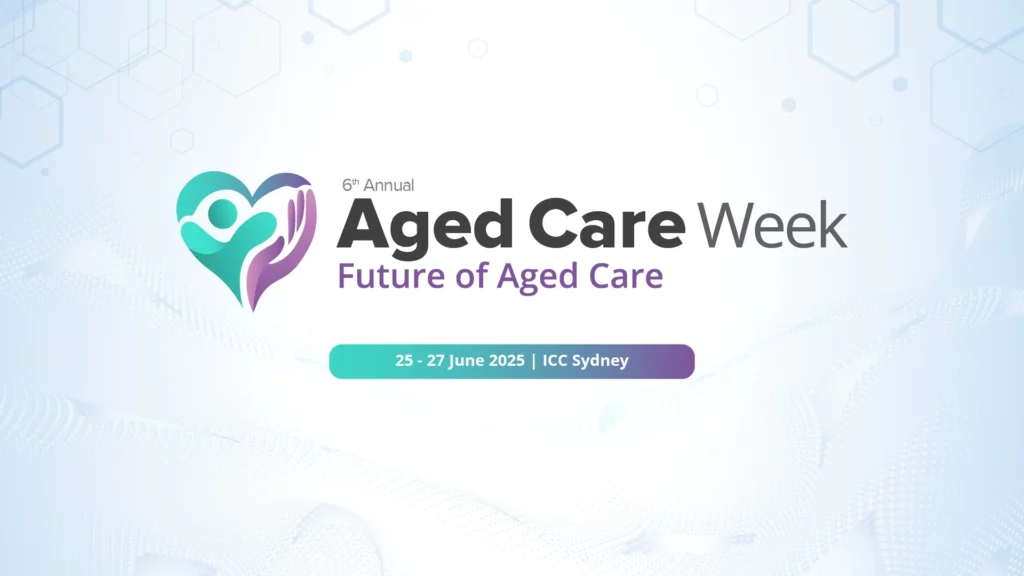There is no denying that much of corporate Australia is going through a green transition, with many stakeholders including investors, employees and consumers expecting businesses to do more to move towards a carbon-neutral economy.
The health and aged care industry is no exception and sustainability in the sector is receiving increased focus.
So, how does the industry adapt to meet these evolving stakeholder expectations?
Much of the early focus goes towards improving energy efficiency and taking advantage of solutions such as switching to LED lighting, optimising heating and cooling systems and incorporating renewable energy sources such as solar panels into power generation.
However, central to making a step change in any organisation’s sustainability outcomes is a focus on waste management. Understandably, this may seem like a daunting task when considering everything from packaging materials to sourcing decisions, the recyclability of a wide range of waste streams, internal and back-of-house source separation processes to optimise landfill diversion and the commercial implications of all of these decisions.
Health and aged care also have the added complexity across most other industries in having to navigate medical waste streams.
Fortunately, there are some common starting points for any health or aged care organisation. The first of these is detailed knowledge of the waste you are currently generating and how that is being disposed of. While this sounds simple, many businesses do not have the right data available to guide their decision-making and as such, have no clarity regarding their starting point.
The second is the commitment of your people. Without the desire of the employees to embrace changed processes, to engage in separation practices and play their part, the path to improvement will be difficult.
And the third is a trusted waste partner to provide expertise across many steps of the sustainability journey. Gaining an understanding of what resource recovery options are available for what waste streams, which can often be compromised by geographical location, can be a time-consuming process.
So, how do you bring all of this together? The best place to start is to develop a comprehensive waste management plan to establish and record the goals of the organisation as it pertains to waste management and resource recovery, and the actions to be taken to achieve those. This plan should ideally include:
- Comprehensive baseline audits of current waste being generated by volumes and weight to identify best-case landfill diversion potential and establish realistic short to medium-term goals. Most businesses set themselves landfill diversion targets based on what they think sounds right or based on what they see others doing, as opposed to having the right data to know what is possible for their businesses’ specific situation.
- Establish processes to separate and capture streams that can be diverted from landfill. This includes identifying and mapping where waste is generated and collected, what waste receptacles are in place for waste to be placed into, and supporting the changes required to achieve improved outcomes.
- Select champions to drive staff engagement locally to get on board with changed practices. Every business needs key staff to take the lead and support others on the journey towards improved sustainability outcomes.
- Develop communication and training plans for staff to ensure your internal separation processes are effective. Every change requires effective change management and staff engagement is critical in changing behaviours.
- Work with a trusted waste partner to ensure that your collections services match your separated streams and service levels are optimised. Many waste companies can collect your bins, but the right waste partner will proactively work with you to design the right services to meet your requirements and continue to make changes as your program gathers momentum towards your stated goals.
- Ensure you have accurate, transparent and consolidated reporting that enables you to easily assess performance and track your progress. The old adage “you can’t manage what you can’t measure” is as true with waste as it is anywhere. Consolidated reporting is critical for you to know whether your efforts have been effective and to guide future actions to reach the next goal.
- Regularly review with your trusted waste partner to identify “what next” on your improvement journey. With the right waste and sustainability partner to proactively assist your organisation along the sustainability journey, it becomes a lot clearer and easier to navigate.
Now all that probably sounds like a lot. And to be honest, it is. But great outcomes are worth the effort and that is especially true when that involves delivering on your organisation’s sustainability goals.
The green transition is only gaining momentum and the best organisations are starting early to ensure they will be ahead of their peers and meet the expectations of stakeholders.
But you don’t have to do this on your own. Industry expertise is available to help get you started and guide you every step along the way. Learn more from Wasteflex here.
Ritchelle is a Content Producer for Healthcare Channel, Australia’s premier resource of information for healthcare.





























